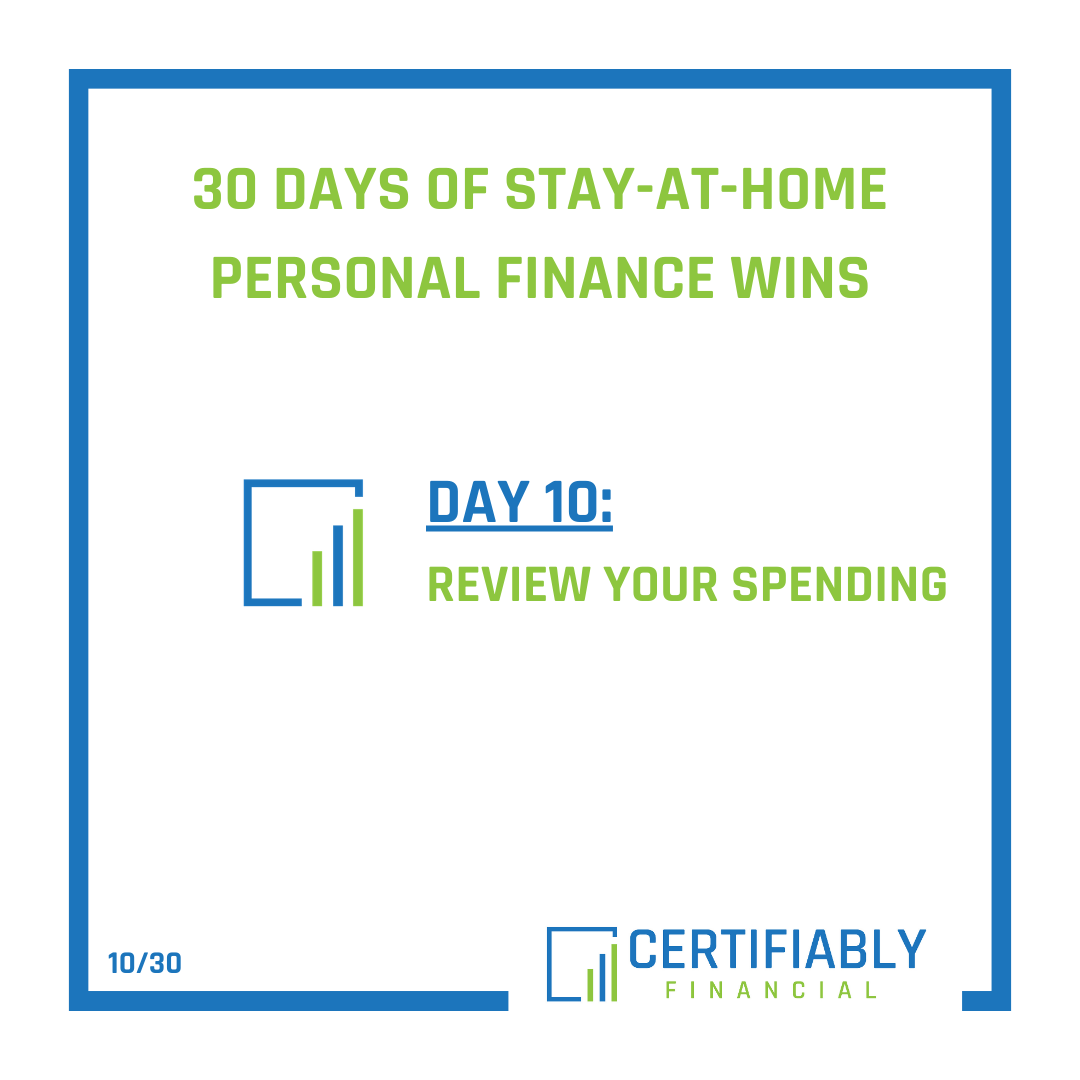What if you were able to come out of this time of social distancing and economic crisis with a stronger and healthier financial life? What if you looked at this as an opportunity to take a little bit of your extra time each day to work on your finances?
Since it takes me about 35 minutes to drive to work in the morning and 45 minutes on the way back home, I have an extra 1 hour and 20 minutes of my day that I don’t have to drive while I’m working from home that I can use to accomplish something. This doesn’t even take into consideration all of the networking and social events that would usually take up some of my time throughout the week.
Obviously, your situation is different than mine (and probably a whole lot different if you have kids at home who would otherwise be in daycare), but I’m guessing that we all have at least a little extra time right now that we can dedicate to our personal finances.
It looks like we’re going to continue to practice our social distancing skills at least through April, and now is a great time to work on creating a better financial situation, so I’m giving you 30 days of stay-at-home personal finance wins throughout April.
Unfortunately, I understand that there are many who have (and who will) lose their jobs during this time of uncertainty and objectively will not come out on the other side of this with a stronger financial situation. Hopefully, many of these personal finance wins can help to lessen the blow and make things easier on them. On the other hand, I think that many of these wins are still relevant to those who are fortunate enough to be in a position to not have to worry about their job and their finances to help them build a healthier financial life.
Day 10: Review Your Spending
Since you found and securely stored all of your financial account login information yesterday, you can take some time today to review your February and March bank account and credit card statements and take some notes. That’s it. I’m not asking you to do anything else.
Look through your lists of transactions from March and compare them to February. Take note of anything that stands out to you. Are there expenses that are being cut back due to social distancing? Do you actually miss them? Can you live without them going forward? Are there expenses that are increasing? How many subscription services do you have that aren’t really that valuable to you? Are you paying more for some things than you need to?
These are just a few examples of questions that you can consider while you’re reviewing your spending over the past couple of months. If you want to, then you can tally up how many times you spent on discretionary things like coffee, dining out, convenience store trips, etc. We’ll do more with this tomorrow once you’ve had some time to think about what you’ve learned about your spending habits.
30 Days Of Stay-At-Home Personal Finance Wins
- Day 1: Understand The CARES Act
- Day 2: File for Unemployment or Short-Time Compensation
- Day 3: Request Forbearance
- Day 4: File Your Tax Return (Maybe)
- Day 5: Commit to Yourself
- Day 6: Practice Financial Distancing
- Day 7: Don’t Panic
- Day 8: Create An Online Shopping Strategy
- Day 9: Find & Store Your Login Information

